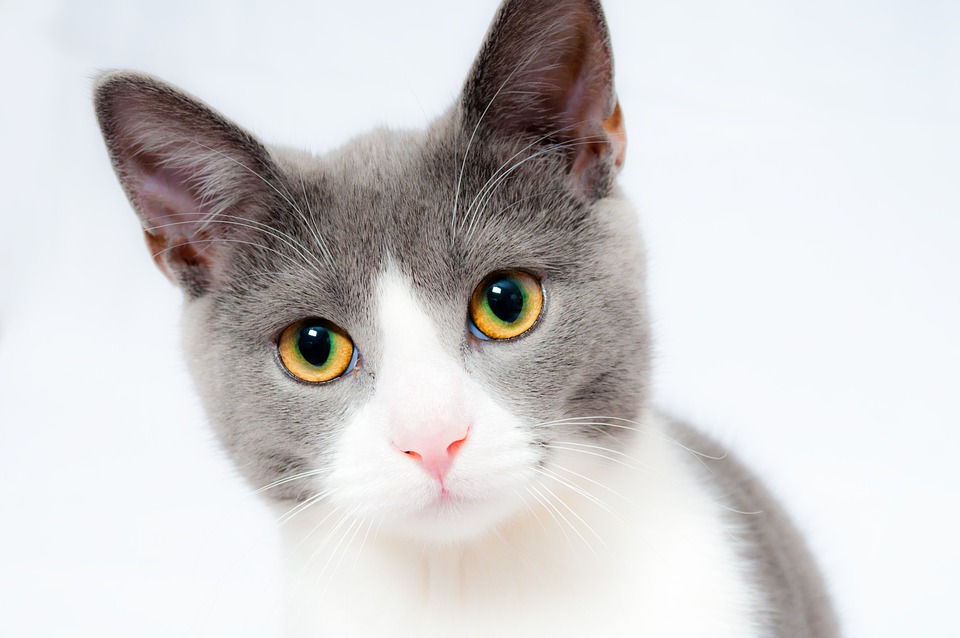Teaching Cats to Use Puzzle Feeders for Mental Stimulation
As cat owners, we all want our furry companions to be happy and mentally stimulated. One effective way to achieve this is by introducing puzzle feeders into their daily routine. These interactive toys not only provide mental stimulation but also help in combating boredom and preventing behavioral issues. In this article, we will explore the benefits of puzzle feeders for cats and provide a step-by-step guide on how to teach your feline friend to use them.
Why Puzzle Feeders are Beneficial for Cats
Puzzle feeders are more than just toys; they serve an essential purpose in promoting a cat’s overall well-being. Here are some key benefits of incorporating puzzle feeders into your cat’s routine:
1. Mental Stimulation: Cats are natural hunters, and puzzle feeders tap into their instinctual behaviors. These toys require your cat to use problem-solving skills to access their food, providing mental stimulation and keeping their minds sharp.
2. Slow Feeding: Many cats tend to eat their meals quickly, which can lead to digestive issues like vomiting or bloating. Puzzle feeders slow down their eating pace, allowing for better digestion and reducing the likelihood of these problems.
3. Weight Management: For cats prone to obesity, puzzle feeders offer a great way to control their food intake. By making your cat work for their food, puzzle feeders help them burn calories and maintain a healthy weight.
4. Boredom Prevention: Cats are curious creatures, and without mental stimulation, they can become bored and engage in destructive behaviors. Puzzle feeders keep them engaged and entertained, reducing the risk of destructive behaviors like scratching furniture or excessive meowing.
Step-by-Step Guide: Teaching Your Cat to Use Puzzle Feeders
1. Choose the Right Puzzle Feeder: There are various types of puzzle feeders available, including treat balls, puzzle boxes, and interactive mats. Consider your cat’s preferences and start with a simple puzzle feeder to make the learning process easier.
2. Introduce the Puzzle Feeder: Place the puzzle feeder in an easily accessible and quiet area. Remove all other sources of food to encourage your cat’s curiosity towards the new toy.
3. Familiarize Your Cat: Allow your cat to explore the puzzle feeder at their own pace. They might sniff, bat at it, or paw it to investigate. Be patient and let them get comfortable with the presence of the feeder.
4. Add a Tempting Treat: Begin by placing a few treats or a small portion of your cat’s regular kibble in the puzzle feeder. This will motivate them to interact with it and discover the reward.
5. Demonstrate Usage: Show your cat how to use the puzzle feeder by gently manipulating it to dispense the treats or food. Cats are observant creatures, and seeing you interact with the toy will help them understand its purpose.
6. Encourage Engagement: Gradually increase the difficulty level of the puzzle feeder as your cat becomes more adept at using it. This can involve adding more compartments, increasing the complexity of the puzzle, or using smaller food pieces that require additional effort.
7. Monitor Progress: Observe your cat’s progress and adjust the puzzle feeder accordingly. Some cats may become frustrated if the puzzle is too challenging, while others may lose interest if it’s too easy. Find the right balance to keep your cat engaged.
FAQs about Teaching Cats to Use Puzzle Feeders
Q: Are puzzle feeders suitable for all cats?
A: Puzzle feeders can be beneficial for most cats, but it’s important to consider your cat’s age, health, and preferences. If you have any concerns, consult with your veterinarian.
Q: Can I use puzzle feeders as the sole source of feeding for my cat?
A: While puzzle feeders can be used for regular meals, it’s recommended to start by incorporating them as a supplement to their regular feeding routine. Monitor your cat’s weight and ensure they are receiving a balanced diet.
Q: How often should I clean the puzzle feeder?
A: Regular cleaning is essential to prevent bacterial growth. Follow the manufacturer’s instructions for cleaning and disinfecting the puzzle feeder, and ensure it is completely dry before refilling.
Q: My cat seems disinterested in the puzzle feeder. What should I do?
A: Cats have different personalities, and it may take time for some to warm up to the idea. Experiment with different types of puzzle feeders or try placing enticing treats inside to pique their interest.
By introducing puzzle feeders into your cat’s routine, you are providing them with mental stimulation, preventing boredom, and promoting a healthy lifestyle. Remember, patience and persistence are key when teaching your cat to use puzzle feeders. Enjoy watching your feline friend engage in their natural hunting instincts while enjoying a tasty treat!








